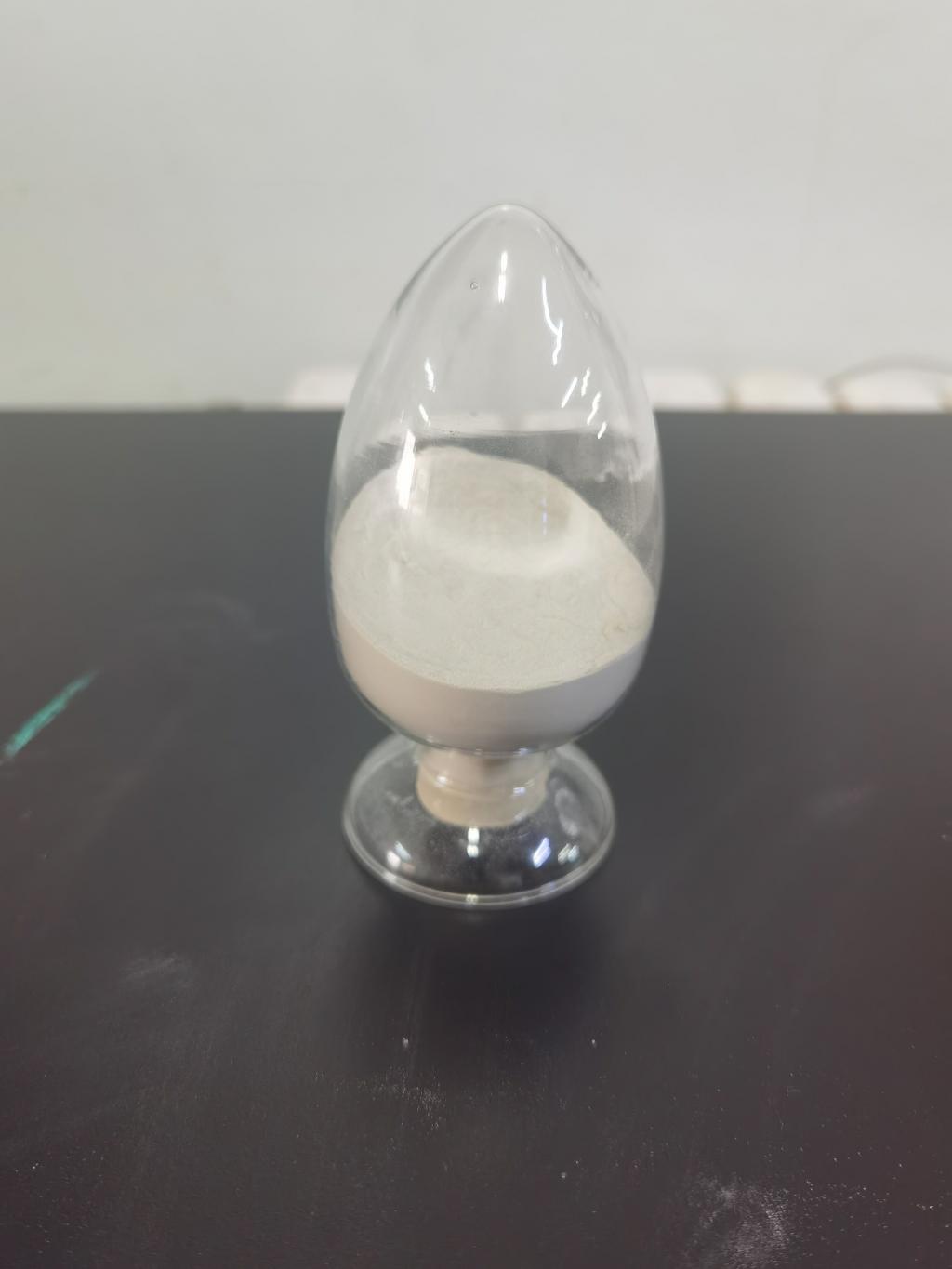Tel:0086 18231198596

News
Nisin's Unique Mechanism for Targeting Gram-Positive Bacteria.
TIME:2023-11-15
1. Molecular Structure of Nisin:
To understand nisin's mechanism, it's essential to explore its molecular structure. This section provides an overview of nisin's amino acid sequence, highlighting key structural features that contribute to its stability and functionality. The compact structure of nisin is a crucial factor in its ability to navigate the challenges presented by bacterial membranes.
2. Interaction with Lipid II:
Nisin's primary target is the bacterial cell membrane, and its interaction with lipid II, a precursor molecule in bacterial cell wall synthesis, is central to its mechanism of action. This section delves into the molecular details of how nisin recognizes and binds to lipid II, initiating a cascade of events that disrupt the bacterial membrane.
3. Pore Formation and Membrane Disruption:
Upon binding to lipid II, nisin facilitates the formation of pores in the bacterial membrane. The dynamics of pore formation and the subsequent disruption of membrane integrity are explored in this section. The selective nature of nisin's action on Gram-positive bacteria, sparing Gram-negative counterparts, adds a layer of specificity to its antimicrobial efficacy.
4. Impact on Cell Wall Synthesis:
Nisin's interference with lipid II not only disrupts membrane integrity but also hinders bacterial cell wall synthesis. This dual action amplifies its antimicrobial effectiveness. The consequences of disrupting cell wall synthesis on bacterial survival and growth are discussed, emphasizing the importance of this mechanism in targeting Gram-positive bacteria.
5. Synergistic Effects with Other Antimicrobials:
Nisin's mechanism of action provides opportunities for synergistic effects when combined with other antimicrobial agents. This section explores studies and applications where the cooperative action of nisin with antibiotics or other bacteriocins enhances antimicrobial efficacy. The potential for combination therapies to combat antibiotic resistance is discussed.
6. Selectivity for Gram-Positive Bacteria:
The selectivity of nisin for Gram-positive bacteria is a key aspect of its uniqueness. This section explores the structural and physiological differences between Gram-positive and Gram-negative bacteria that render nisin effective against the former while sparing the latter. The implications of this selectivity for applications in various industries are considered.
7. Applications in Food Preservation:
Understanding nisin's mechanism of action provides insights into its applications in food preservation. This section discusses how its specificity for Gram-positive bacteria makes it an effective tool for inhibiting foodborne pathogens, extending the shelf life of various products. The potential for nisin to address challenges in food safety is explored.
8. Future Perspectives and Challenges:
As we uncover the nuances of nisin's mechanism, this section considers future perspectives and potential challenges. The exploration of novel delivery methods, addressing resistance issues, and expanding applications beyond conventional uses are discussed. Nisin's unique mechanism positions it as a valuable resource, but ongoing research is crucial to harness its full potential.
9. Conclusion:
Nisin's unique mechanism for targeting Gram-positive bacteria represents a fascinating aspect of its antimicrobial prowess. From its interaction with lipid II to the disruption of bacterial membranes and cell wall synthesis, nisin's multifaceted approach makes it a valuable tool in the fight against microbial threats. As research continues, a deeper understanding of its mechanism will unlock new possibilities for applications in medicine, biotechnology, and beyond, solidifying its place in the arsenal against bacterial infections.

 CONTACT
CONTACT




